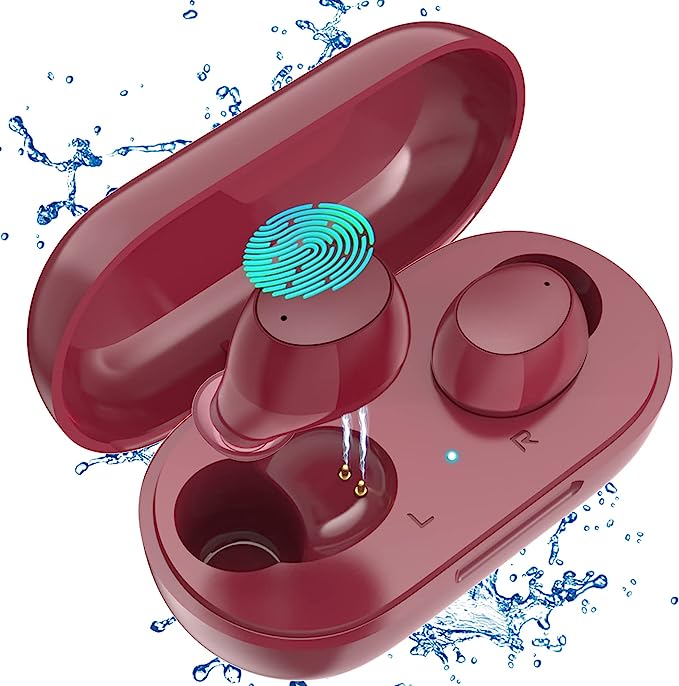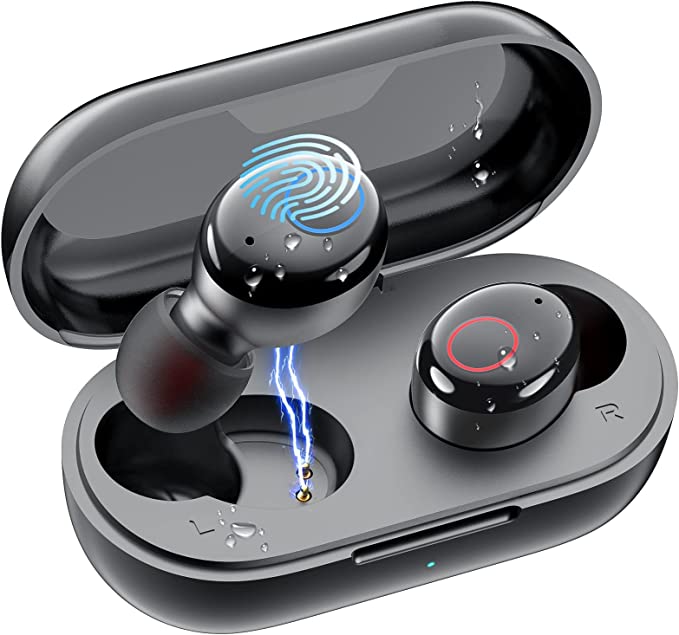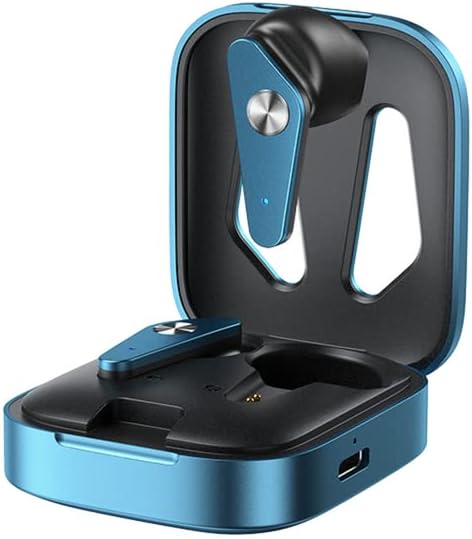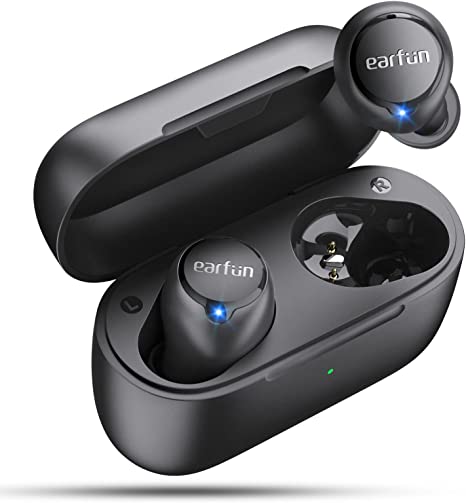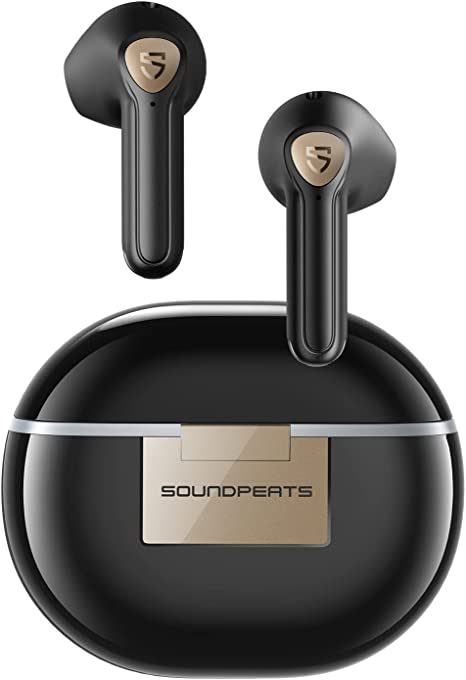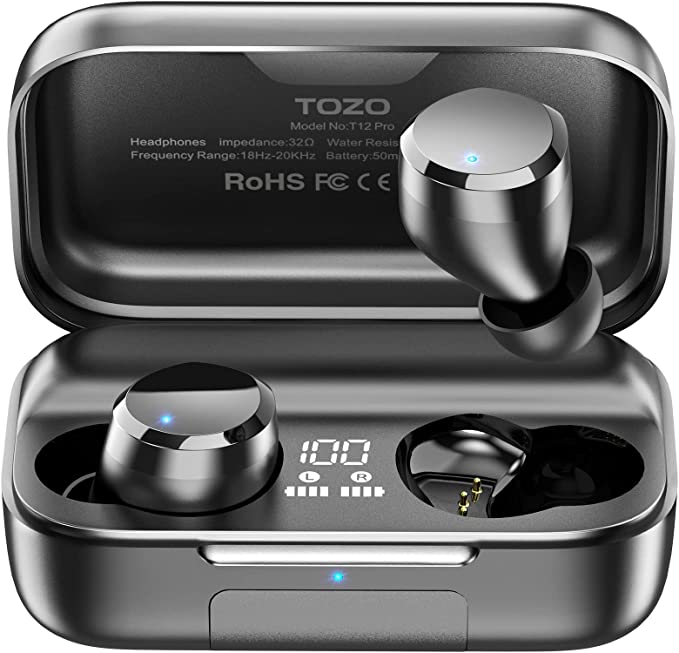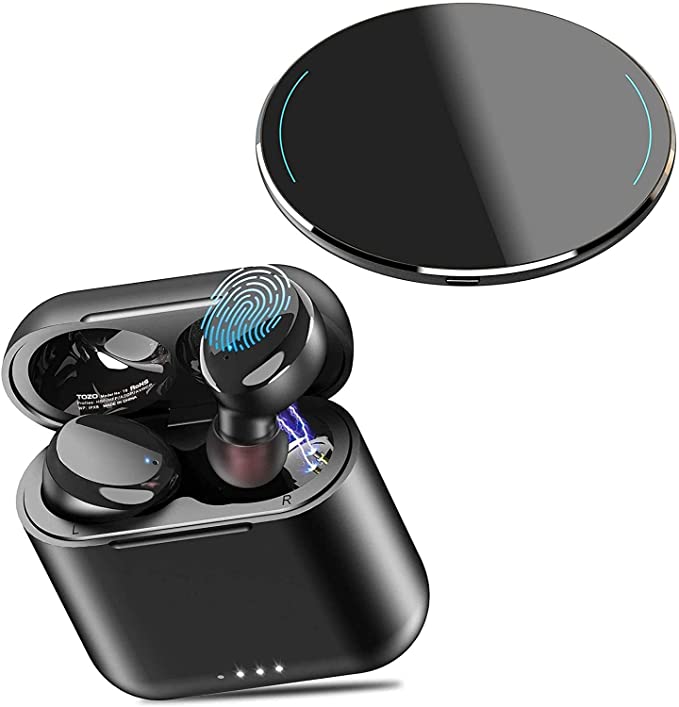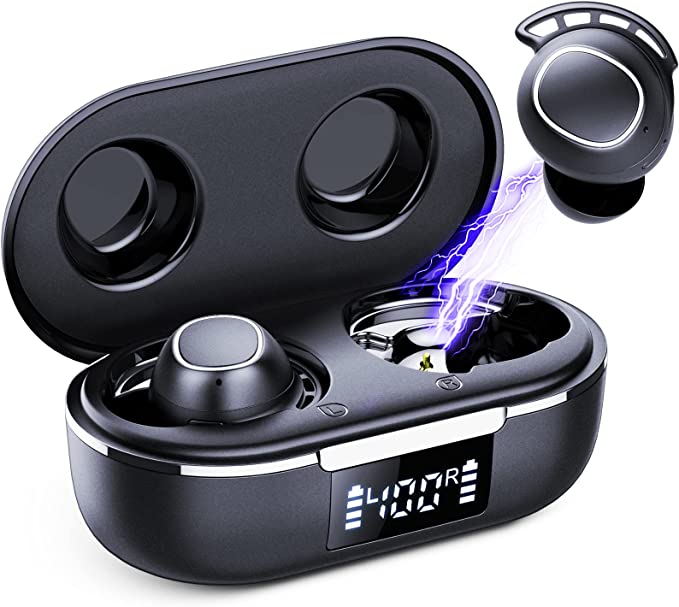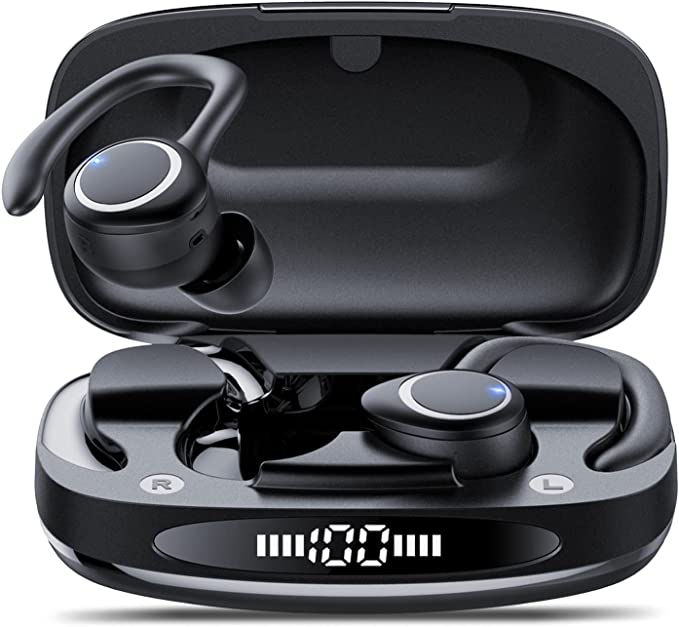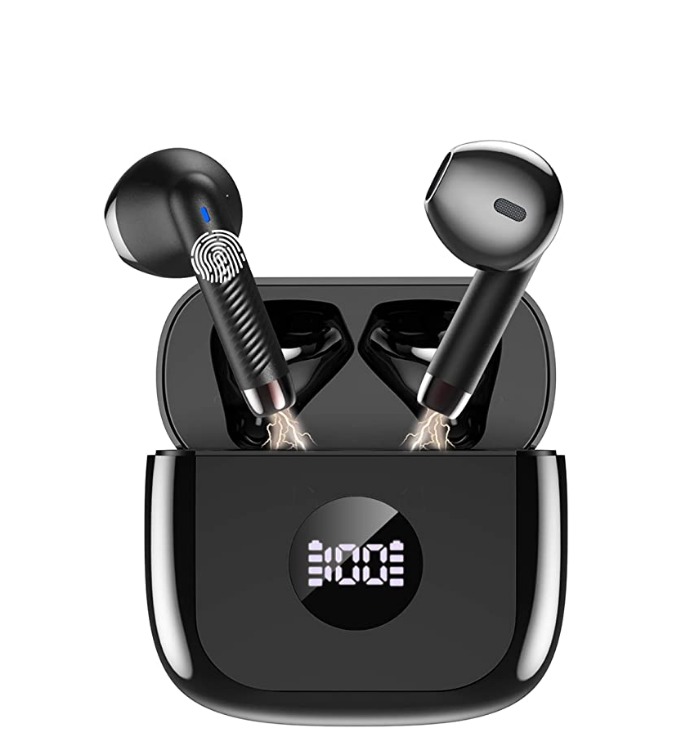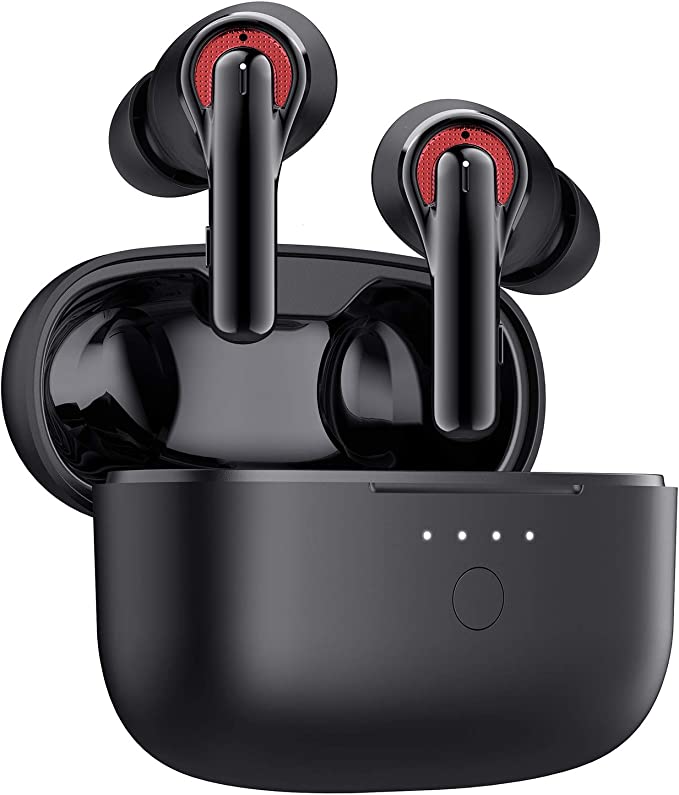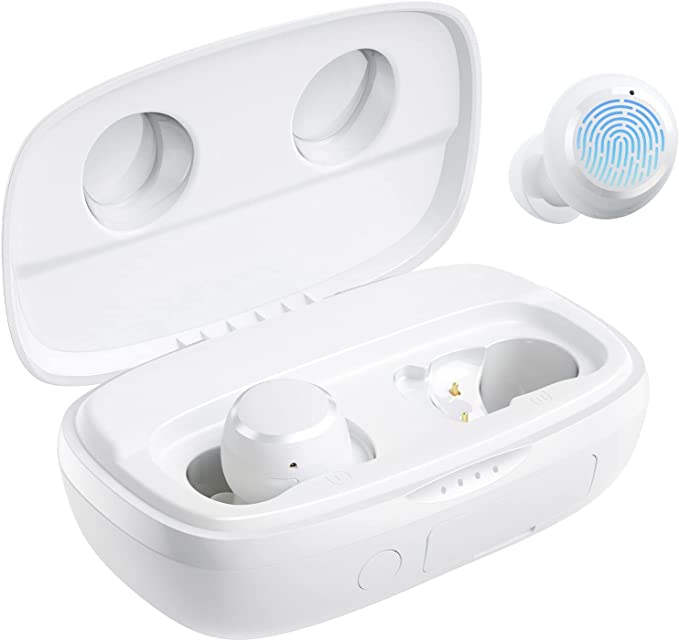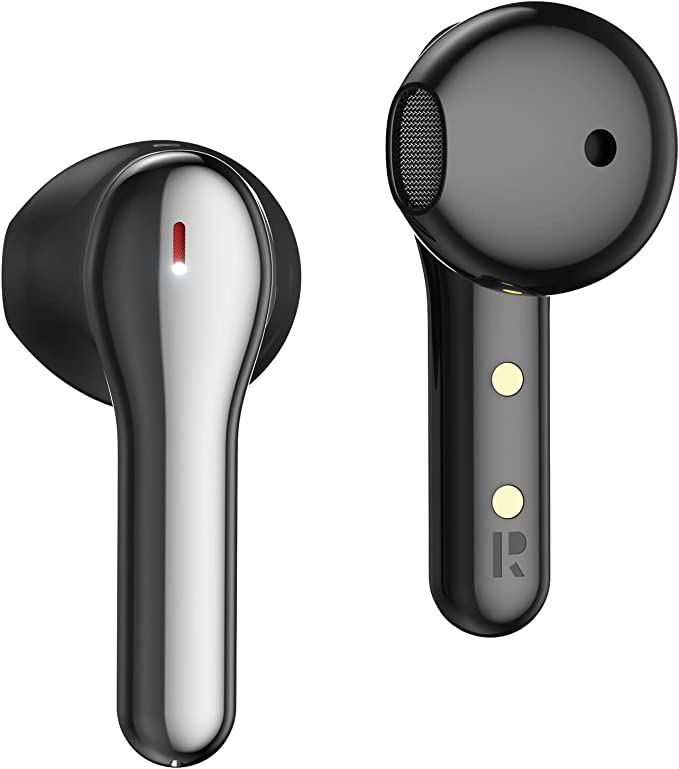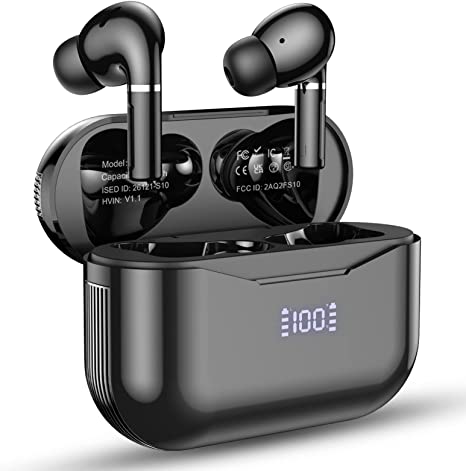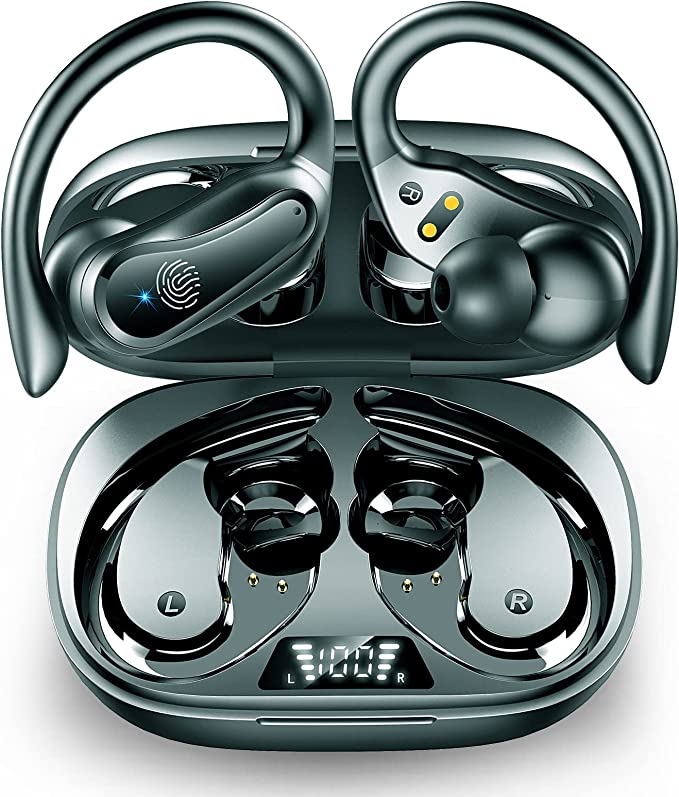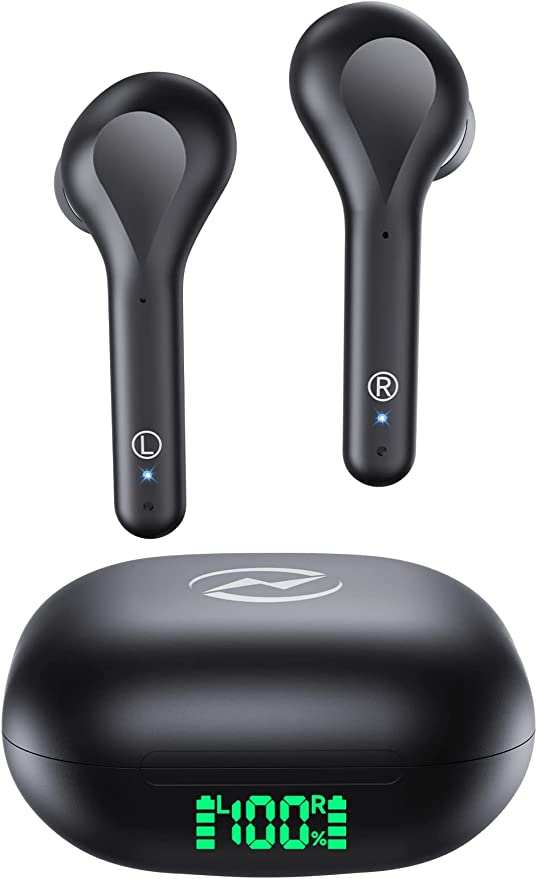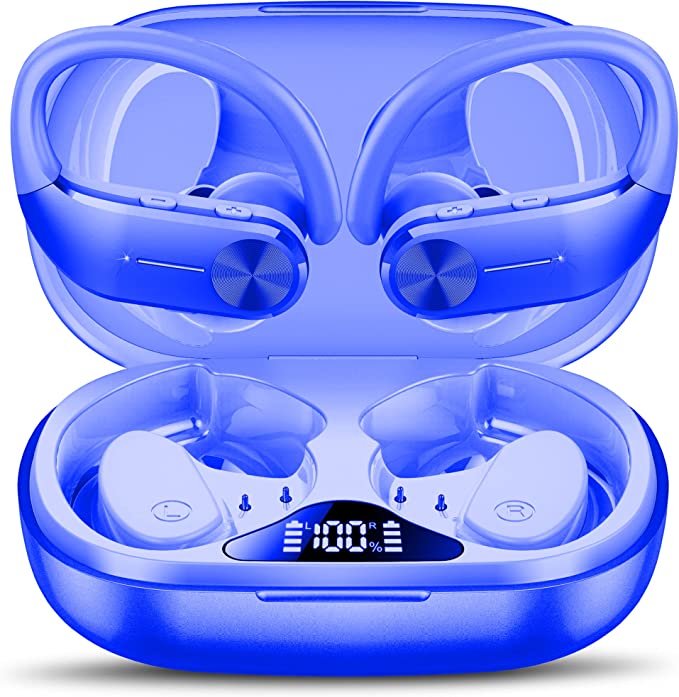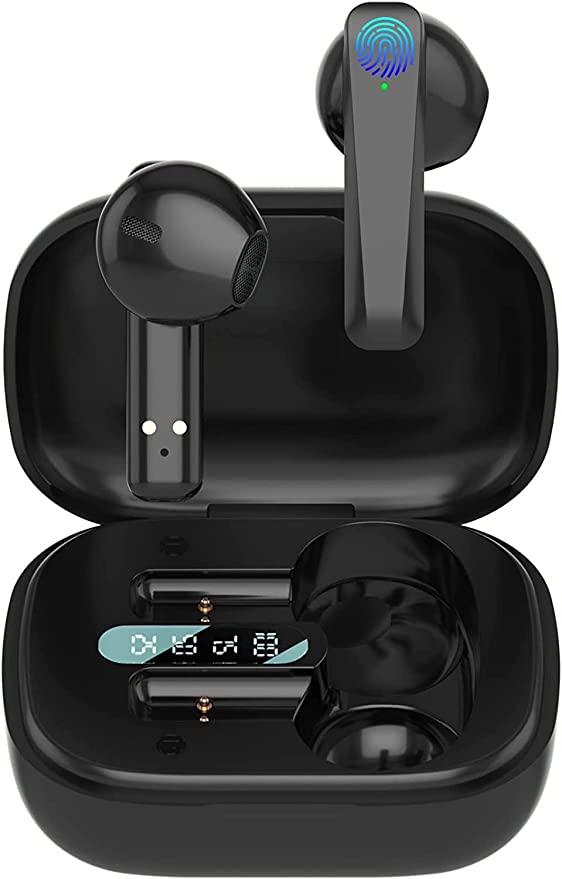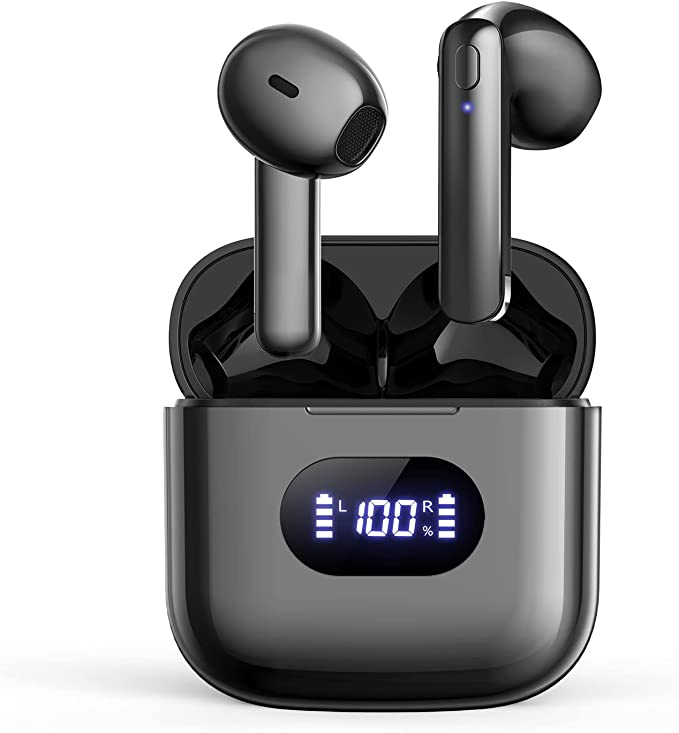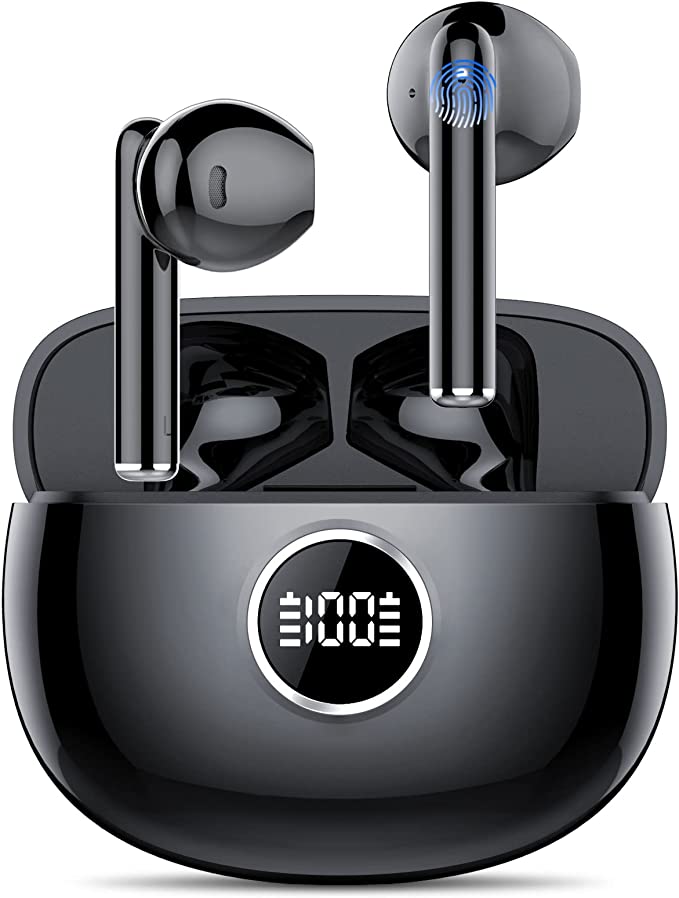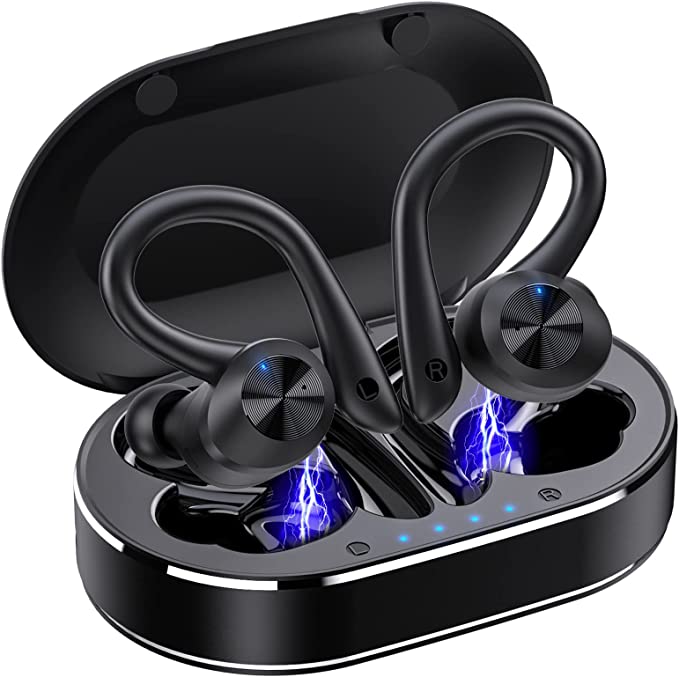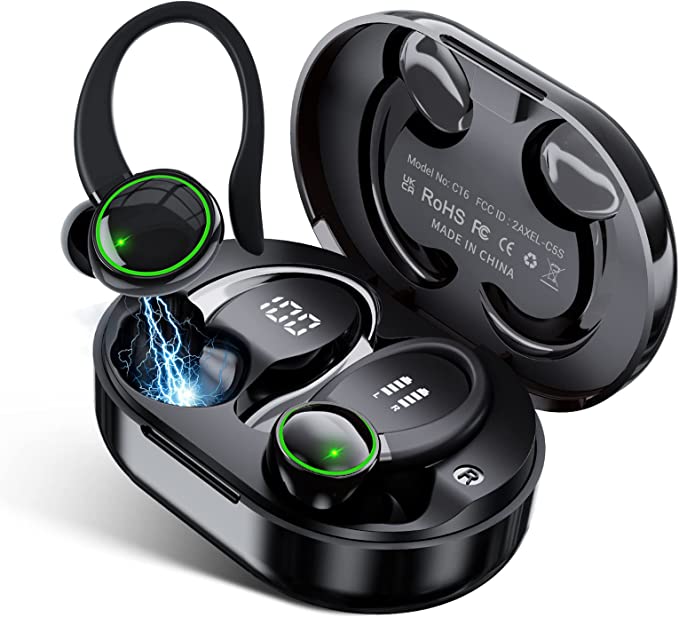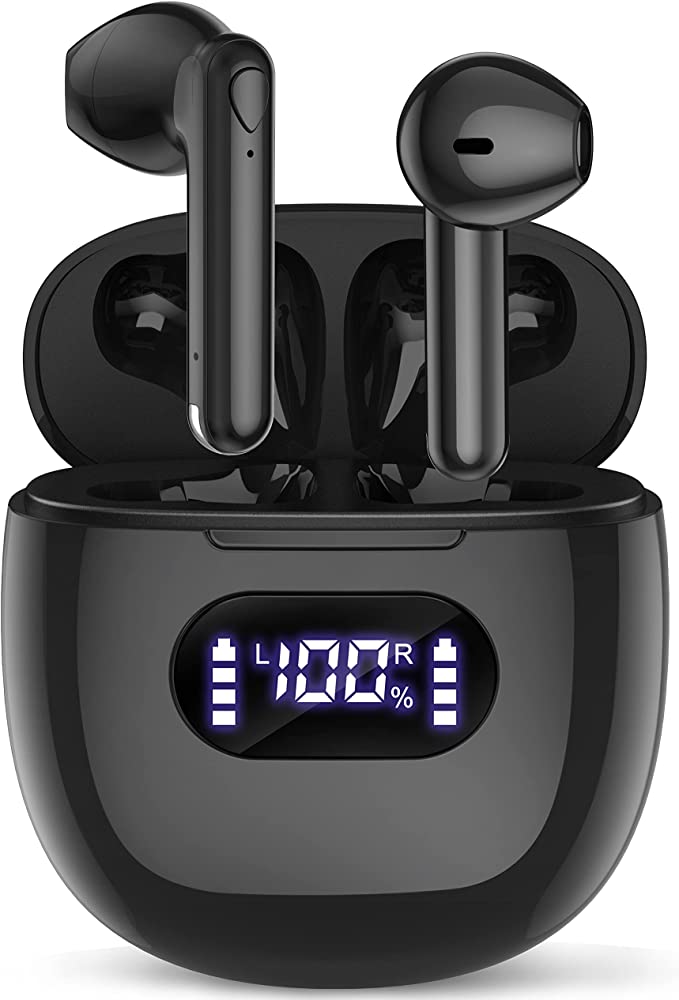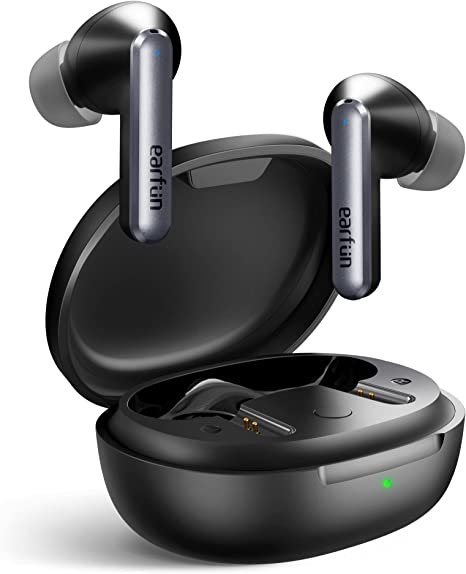TOZO T10S Wireless Earbuds: A Budget-Friendly Option for Music Lovers
Update on June 29, 2025, 2:45 p.m.
The other day, I found a ghost in a desk drawer. It was a 2004-era MP3 player, a sleek little device that held about 200 songs, boasted a staggering six-hour battery life, and cost me over $250. It couldn’t take calls, had a wire that snagged on everything, and the mere threat of rain would send me scrambling to protect it. Sitting next to it on my desk were the TOZO T10S earbuds. They cost $39.98. They are completely wireless, talk to an app on my phone, last for eight hours on a charge, and can literally be submerged in water.
As an engineer who has spent a career watching technology evolve, I looked at the two devices, and one thought echoed in my mind: this shouldn’t be possible.
This isn’t a product review. This is an archaeological dig. We’re going to excavate this $40 miracle and uncover the layers of scientific progress and engineering ingenuity that make it exist. How did technologies that were once the domain of high-end labs and military gear find their way into something so accessible?

The Invisible Shield: A Raincoat Woven from Physics
Let’s start with the most audacious claim: IPX8 waterproofing. We see these codes on products all the time, but what do they mean? The “IP” code is an international standard (IEC 60529) that grades a device’s resistance to dust and water. The ‘X’ means it’s not rated for dust, but the ‘8’ is the star of the show. It signifies the highest level of practical water protection, certifying that the device can survive continuous immersion. TOZO specifies this as 1 meter for 30 minutes. This isn’t just resistance to sweat or a splash; it’s a full-on defense against submersion.
Twenty years ago, achieving this would have required bulky rubber gaskets and sealed casings, making the device clumsy and expensive. The T10S achieves this with something far more elegant: a nano-coating. Think of the surface of a lotus leaf. Water lands on it but never wets it, beading up into perfect spheres and rolling off. This is a natural phenomenon called superhydrophobicity. The T10S’s internal components are coated with a polymer layer, just molecules thick, that mimics this effect. It creates a microscopic, spiky texture that drastically reduces the surface area water can touch. Governed by the physics of surface tension, water finds it more energetically favorable to stick to itself than to the coated surface, so it beads up and falls away. It’s an invisible raincoat, woven from the laws of physics, that protects the delicate electronics within.

The Silent Handshake: Taming the Chaos of the Airwaves
Cutting the cord was the first great liberation in personal audio, but early Bluetooth was a clumsy affair. It was notorious for its compressed audio quality, frustrating pairing rituals, and a perceptible delay—or latency—that made watching videos a disorienting, out-of-sync experience. The TOZO T10S uses Bluetooth 5.2, and this isn’t just an incremental number. It represents a leap in the “language” our devices speak.
Think of Bluetooth as a diplomat facilitating a conversation between your phone and your earbuds. Bluetooth 5.2 makes that diplomat a genius polyglot. It incorporates a new communication protocol called LE Audio, which uses a highly efficient codec (the algorithm that compresses and decompresses audio) known as LC3. This allows it to transmit higher-quality audio using less data, which directly tackles two old enemies:
1. Latency: By streamlining the conversation, the delay between screen and ear becomes virtually imperceptible to most humans.
2. Power Consumption: An efficient language requires less energy. The earbuds and phone don’t have to “shout” at each other, which is a key reason the T10S can squeeze out up to 8 hours of playtime—a figure that was unthinkable for early true wireless models. It’s a smarter, not a louder, conversation.
The Gatekeeper: A Bouncer for Your Voice
“Call Noise Cancellation” is a feature that’s easily misunderstood. This is not Active Noise Cancellation (ANC), which creates a quiet bubble for you, the listener. This is Environmental Noise Cancellation (ENC), a technology designed to create a quiet bubble for the person you’re talking to.
Imagine your voice is a VIP guest trying to enter an exclusive club, and the background noise—traffic, wind, coffee shop chatter—is the noisy crowd outside. The T10S acts as the bouncer at the velvet rope. It uses at least two microphones. One is positioned to best capture your voice, our VIP. The other is aimed at the environment, listening to the rabble. Both signals are fed into a Digital Signal Processing (DSP) chip. This tiny computer runs an algorithm that instantly analyzes both soundscapes, identifies the unique frequency patterns of your voice, and digitally subtracts the background noise.
Now, here’s a dose of reality, reflected in some user experiences. This bouncer is good, but not infallible. It’s excellent at blocking steady, predictable noise like an air conditioner. But a sudden, complex sound—like a nearby conversation—can sometimes fool the algorithm. This isn’t a unique flaw of the T10S but a fundamental challenge of ENC technology at this scale and price. The fact that it works at all is a testament to how much processing power has been miniaturized.

The Heartbeat: The Art and Science of Moving Air
Ultimately, an earbud has one job: to move air. That’s all sound is. The component responsible is the driver, and the T10S uses an 8.0mm dynamic driver. In the world of audio physics, all else being equal, a larger driver diaphragm has more surface area to push air. Think of it like the difference between a snare drum and a bass drum. The larger bass drum can create deeper, more powerful low-frequency waves. This gives the T10S the potential for a rich, powerful bass response.
But—and this is the secret that separates great audio from just loud audio—hardware is only half the story. A powerful engine is useless without a skilled driver. This is where “acoustic tuning” comes in. Engineers spend countless hours tweaking the acoustics of the earbud’s tiny chamber and adjusting the DSP to ensure that the powerful bass doesn’t overwhelm the delicate midrange (where vocals live) and the crisp treble (the shimmer of cymbals). It is an art form. The inclusion of an EQ in the TOZO app is a nod to this, handing a piece of that artistic control to the user—a feature whose potential is, for now, sometimes hampered by the app’s reported instability.

The Democratization of Miracles
Looking back at that old MP3 player on my desk, I don’t see it as a failure. I see it as a necessary ancestor. Every one of its shortcomings was a problem that thousands of engineers, physicists, and material scientists spent the next two decades solving.
The TOZO T10S isn’t a miracle because it’s the best earbud in the world. It’s a miracle because it encapsulates the results of that colossal, collective effort and offers it for $40. The invisible shield of its nano-coating, the fluent dialogue of its Bluetooth chip, the intelligent filtering of its call algorithm, and the balanced power of its audio driver—these aren’t just features on a list. They are the artifacts of an incredible journey, the story of the relentless democratization of technology. Understanding this doesn’t just make us smarter shoppers; it allows us to hold a product like this in our hand and appreciate the extraordinary, invisible genius of the ordinary world around us.

